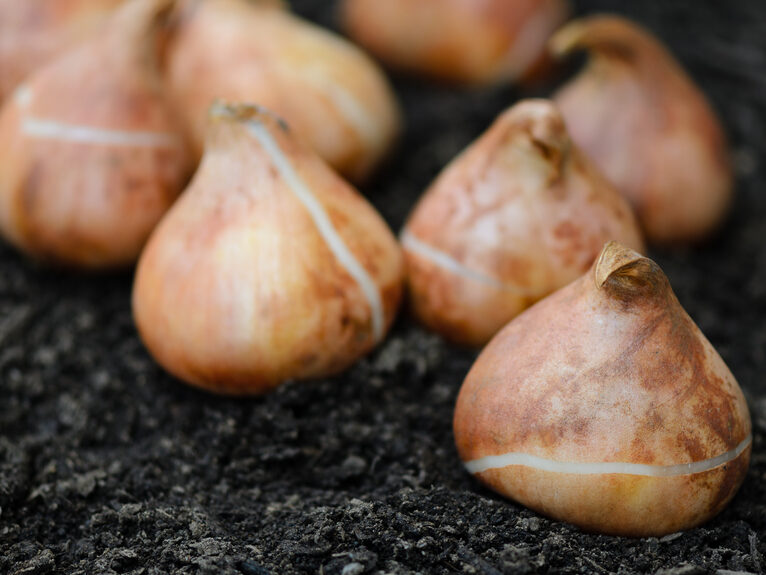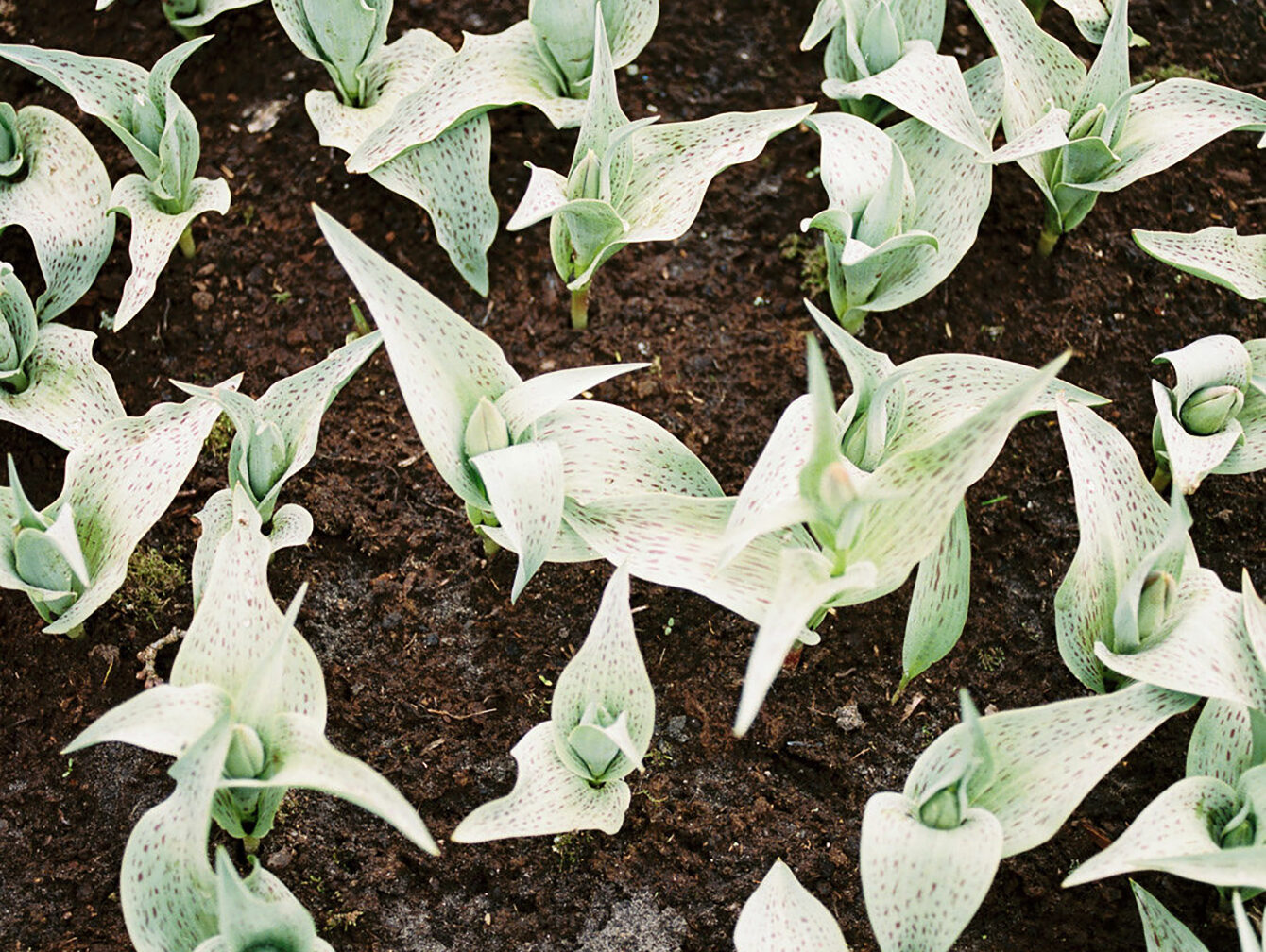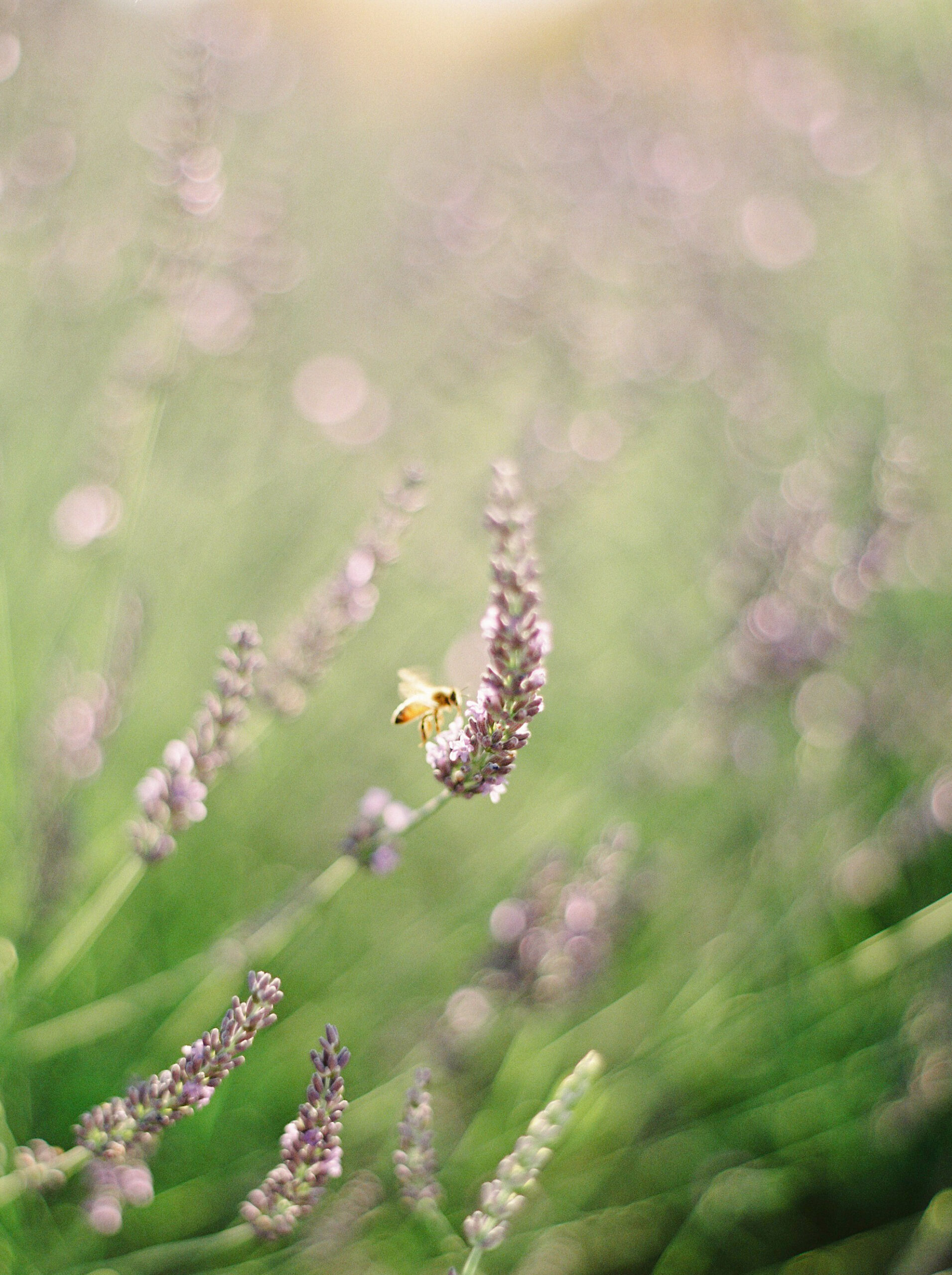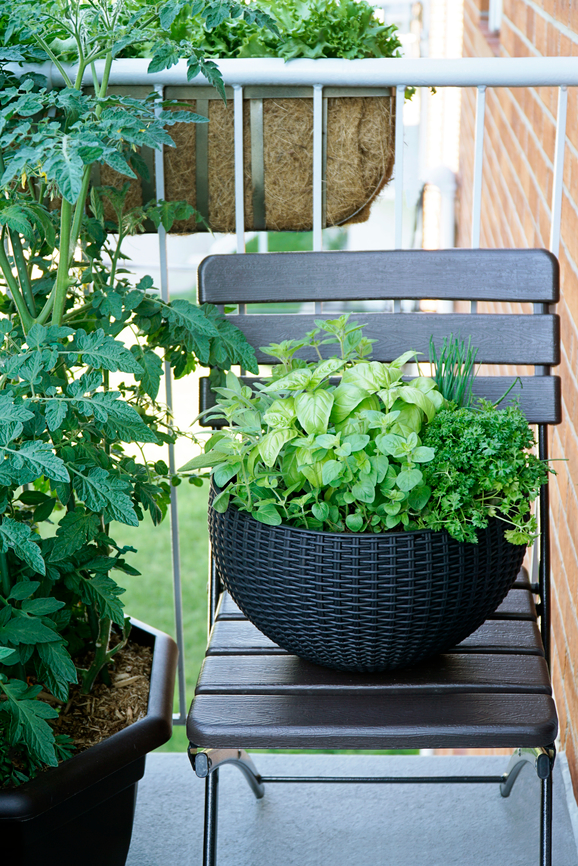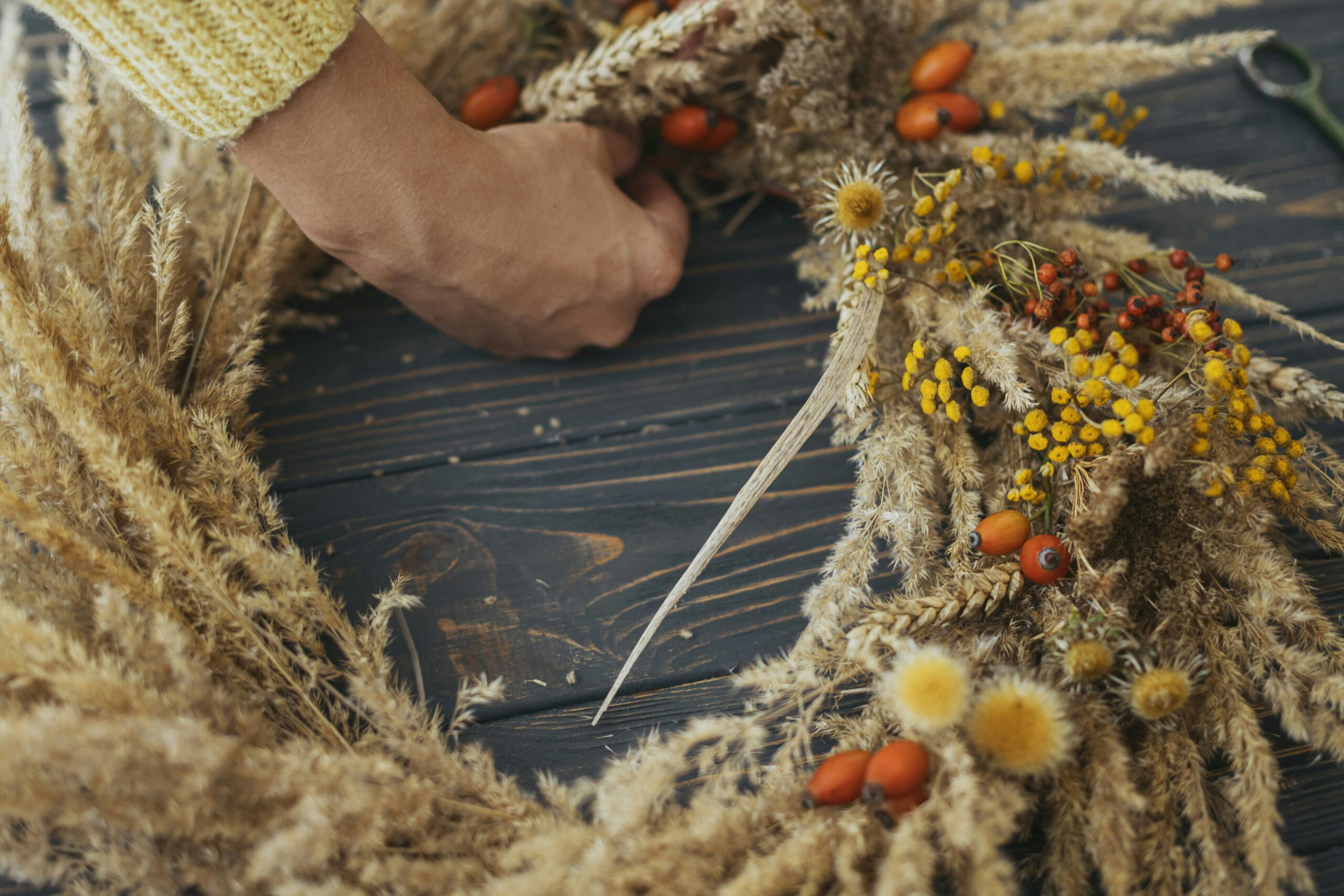In the last installment of The Wild Blog, we covered how to wrap up a successful gardening year with the End of Season checklist. One of the most exciting things to do as you’re winding down your outdoor spaces is already preparing for the following year. And one of our favourite things? Planting Spring bulbs. Take it from us, there is nothing more rewarding than seeing the first sights of the season burst through the ground in the early Spring months. The one catch, however, is that they must be planted in the autumn. A long and cold winter is essential to the success of the Spring bulb (which is hard to believe, we know).
The Science behind the Bulb
Information that is organized in your mind and makes sense to you is easier to remember! If you forget to plant bulbs in the Fall, hopefully the botanical explanation will help! Bulbs are modified stems, capable of storing a plants’ entire life cycle in an underground structure. Where the weather is not suitable for year-round growing, (hello, Canada) a perennial can grow, flower, and then enter a period of dormancy, to then return the following Spring.
The goal of every flower is for its seeds to not only grow into flowers but to finish the life cycle and produce its own seeds. Therefore, plants living in colder climates need to experience cold temperatures to signal the start of upcoming longer warm seasons. This ensures their survival and success. We are talking a prolonged period of warming, several weeks in many cases (not just that single warm day in February).
All Spring Bulbs are not Equal
Now, you may have some memory of certain bulbs that are dug up each Fall. Ones that don’t remain in the ground year-round. Different bulbs can tolerate different temperatures, depending on where they originated. Dahlias and begonias will likely come to mind. Many introduced, native and endemic flowering plants here in Canada can tolerate negative temperatures. But there are flowering plants whose bulbs serve the same function, just can’t tolerate temperatures as cold. And so we help ensure their survival by bringing them in during the coldest times.
All in all, it’s a beautiful thing to think about, that sometimes even the most stunning and breathtaking flowers need to rest. And that a period of dormancy doesn’t mean the blooms won’t return. We can learn a lot from the natural world around us. If Fall bulbs/Spring flowers have a lesson to share is that taking a break to rest, reset and recharge is not a bad thing, and on the contrary can be extremely beneficial. Periods of cold and unpleasant, seemingly difficult times can result in wonderful things.
Our Favourites to See Each Spring
If this will be your first year planting, here’s our beginner favourites. A selection of classics, that are sure to delight:
Hyacinth (Hyacinthus orientalis)
We love them not only for their heavenly scent but for the incredible floral show, many tiny flowers making up a single inflorescence. And of course, available in the most-appropriate Spring-time colors, including violet, apricot, cobalt blue and even rose allows a lovely versatility.
Snowdrops (Galanthus nivalis)
Small but mighty, the snowdrop is one of the first flowers of Spring, bringing hope that warmer days are ahead. They are also a pest-free plant which means that you shouldn’t have any critters moving them around!
Double Daffodil (Genus Narsissus)
Daffodils are a spring bulb staple that you’re sure to recognize. While we enjoy the originals, there’s something special about a double daffodil. With ruffled petals this particular variety brings a cheer that is sometimes much needed after a long winter.
Tulips (Genus Tulipa)
Last but never least, the wonderful and tranquil tulip. With over 3000 registered varieties, there really is a tulip in every colour, texture, scent and style. While it may seem like an overwhelming selection, your local nursery will likely have a small selection of the classics along with newer showier varieties, which will make choosing easier. Plus, what is Spring time without seeing a random tulip in a location where a forgetful squirrel planted it? It’s a sure way to bring a smile to anyone’s face.
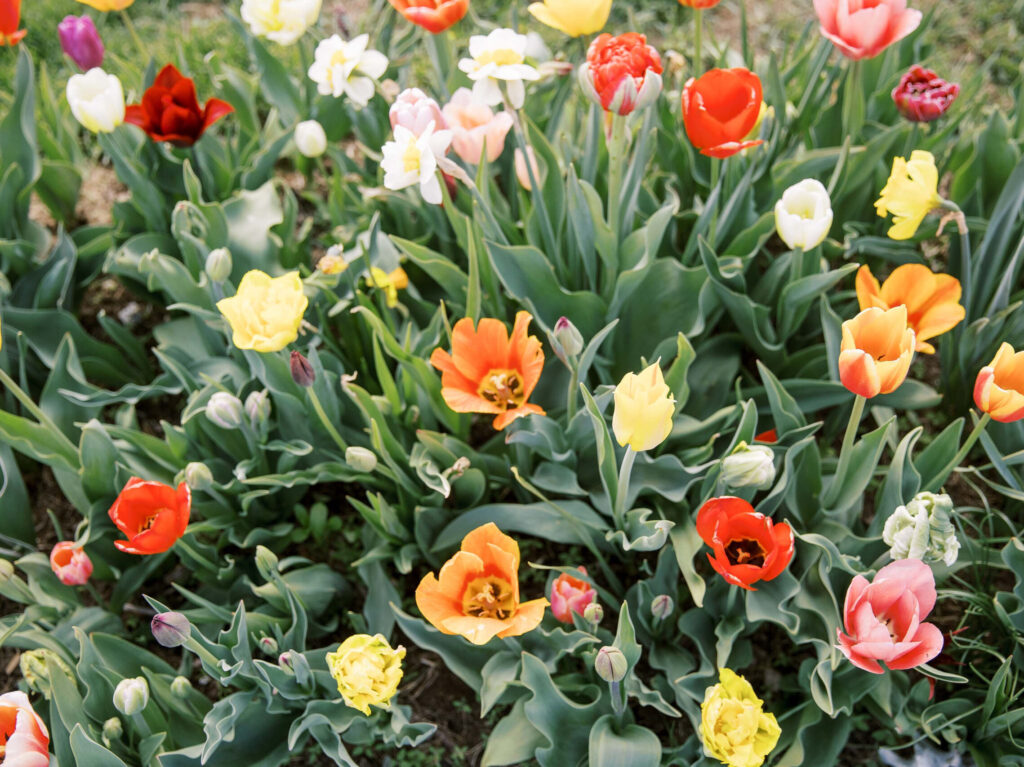
Make it a priority this upcoming Fall to plan and plant some of your favourite bulbs. While planting times can vary, mid-September to the first frost is the general rule of thumb. If you’re looking for inspirational reading material, check out The Wild Blog, for more on all things garden and lifestyle. Lastly, we’d love to connect, be sure to follow us on Instagram and Pinterest!

